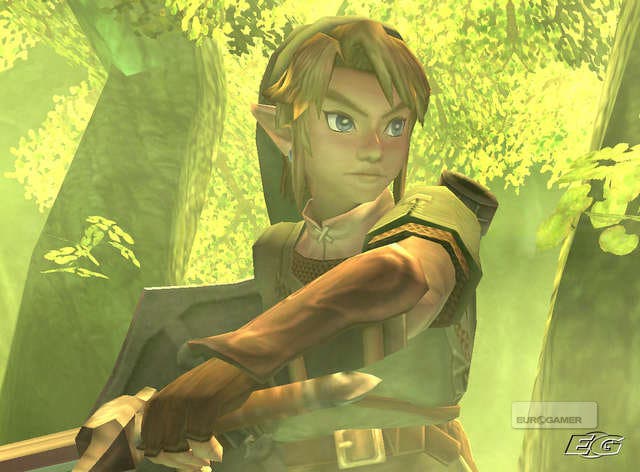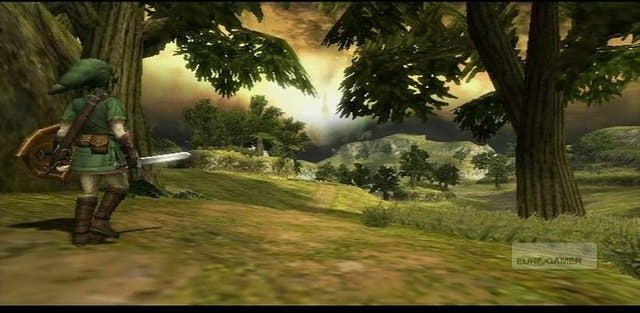Nintendo's Eiji Aonuma
Extensive video and text interview with the spirit of the Zelda series.
When we were creating Ocarina of Time and Majora's Mask, the department we were working in, called Entertainment, Analysis and Development (EAD), was rather a small team. So with something as big as Ocarina and Majora, the entire EAD had to work on the same project by co-operating with each other.
Everybody including me was closely communicating with Mr Miyamoto. Since then, gradually, the number of people working in our group has been on the increase and the number of titles EAD has been taking care of at any given time is increasing. Mr Miyamoto is on the board of directors at Nintendo and he has to take care of all the first-party software Nintendo publishes while I can concentrate on the Zelda games.
In that sense, the distance between me and Mr Miyamoto - any producer and Mr Miyamoto - has been expanding, and even I have been taking care of multiple titles simultaneously. But actually Mr Miyamoto doesn't like the idea: he would like to be as close as possible to the actual game development.
That's why, in the case of the new Legend of Zelda on Wii, he's trying to take more direct hands-on and specifically at least once every month we are having a very intimate meeting where we confirm the status quo, we discuss what needs to be done and Mr Miyamoto gives instructions as to what we need to do.

And in such a situation, of course there are some heated arguments, because each of us has his own idea as to what a Zelda game should look like, should play like. As time passes and as we are growing in terms of number of people working for the same department, naturally Mr Miyamoto has to keep some distance away from any other producers and developers, but I think we always try to have as close communications as possible in one way or the other. That's how I think everyone including me has been communicating with Mr Miyamoto at Nintendo.
You say it might be good for handheld: exactly, that's the point. On handheld devices like DS, for the grand universe of Zelda to be correctly depicted, cel-shading or toon-shading style is the most appropriate. For example, for the touch operation we're using on DS, top-view angle is necessary. If we're going to apply photorealistic proportions between human characters and objects, the player character would have to be really small.

But with more anime/Manga-style art, deformation is allowed and taken as a natural. By that I mean that building and some other objects around you can be very small compared with real life, but yet it's not strange in the anime style. That kind of deformation is readily available with cel-shading technology and thanks to that kind of graphical style we are now able to put Zelda in an adventure where people can identify the most important items without difficulty in understanding proper distance or proportion between character and object.
When we were developing Phantom Hourglass, one of the things was how to make touch-control most efficient. And our developers were able to come up with a great many elements that surpassed my original expectations; I was surprised by how convenient it is for players to play with touch-control. Whenever we were working on 3D games, dealing with camera control was one of the most difficult, important missions to tackle. However, with the advent of DS touch control we didn't have that at all.

In addition, players were able to have a brand new feeling of being able to physically touch the universe of The Legend of Zelda for the first time. So I thought it was a very good system, that we should be able to take advantage in the next title. We thought, of course, we'd be able to enhance the touch-control further and that's how we started on Spirit Tracks.
We thought about the things that were left undone in Phantom Hourglass. One of the things was co-operative play with the phantom - the phantom existed and appeared in the Wi-Fi battle mode, and we thought it would be a shame if that was used only for a separate mode. So we incorporated that idea into the main adventure of Spirit Tracks.
Not to be very specific, but we were identifying good points of Phantom Hourglass and trying to enhance them to come up with a final game design, and I think people will enjoy them.
